When you think about maximizing your athletic performance, it's essential to recognize that small adjustments can lead to significant improvements. By examining your training, nutrition, and recovery strategies, you can pinpoint areas that require fine-tuning. It's not just about pushing harder; it's about training smarter and optimizing every aspect of your regimen. As you begin to implement these changes, you'll find that even slight modifications can yield unexpected results. So, what adjustments are you overlooking that could elevate your performance to new heights?
Understanding Performance Metrics
When it comes to maximizing athletic performance, understanding performance metrics is essential. You need to track specific measurements that give insight into your physical capabilities and improvements. Metrics like heart rate, speed, distance, and power output can help you gauge your fitness level and monitor your progress over time.
By focusing on these numbers, you can identify areas that need improvement and make informed decisions about your training.
Start by measuring your heart rate during workouts. It'll help you understand your cardiovascular efficiency and tailor your training intensity. If you find your heart rate spikes too quickly, it might indicate that you need to build your aerobic base before tackling higher intensities.
Next, track your speed and distance during runs or sprints. Are you getting faster? Are you able to maintain your pace for longer distances? These metrics provide vital feedback on your endurance and speed, allowing you to adjust your workouts accordingly.
Lastly, consider power output, especially if you're involved in cycling or weightlifting. Measuring power helps you understand your strength and energy output, providing a clear picture of your performance capacity.
Tailoring Training Regimens
To optimize your athletic performance, you need to fine-tune your training regimens based on individual goals and metrics. Start by clearly defining what you want to achieve—whether it's building strength, increasing endurance, or enhancing agility. Each goal requires a specific approach, so take the time to evaluate where you currently stand and what you need to improve.
Next, analyze your performance metrics. Use data from previous workouts to identify strengths and weaknesses. For instance, if you notice your sprint times are lagging, incorporate interval training sessions that target speed and power. Conversely, if endurance is your focus, consider longer, steady-state runs or cycling sessions.
It's also vital to personalize your training schedule. Adjust your frequency, intensity, and duration based on your recovery capabilities and overall lifestyle. If you're feeling fatigued, don't hesitate to scale back or replace a session with active recovery. Listening to your body is essential for avoiding injuries and burnout.
Additionally, consider integrating cross-training to enhance overall athleticism. Activities like swimming or yoga can complement your primary sport while reducing the risk of overuse injuries. Remember, variety keeps your training fresh and engaging.
Lastly, periodically reassess your regimen. As you progress, your goals may shift, and your training should adapt accordingly. Stay flexible and willing to change your approach to guarantee continuous improvement.
Tailoring your training regimens not only maximizes performance but also keeps you motivated and committed to your athletic journey.
Nutrition Optimization Strategies
To maximize your athletic performance, you need to focus on nutrition optimization strategies.
Balancing macronutrients, staying hydrated, and timing your meals can make a significant difference in your energy levels and recovery.
Let's explore how these elements can elevate your game.
Macronutrient Balance Importance
Achieving peak athletic performance hinges on understanding macronutrient balance and how it fuels your body. Each macronutrient—carbohydrates, proteins, and fats—plays a significant role in your energy levels, recovery, and overall performance.
Carbohydrates are your primary energy source, especially during intense workouts. They provide the quick energy your muscles need to perform at their best. Without adequate carbs, you might feel sluggish and struggle to maintain your performance.
Proteins are essential for muscle repair and growth. After training, your muscles need protein to recover and adapt. Skimping on protein can hinder your strength gains and delay recovery.
Fats, while often misunderstood, are important for long-duration energy and overall health. They support hormone production and help absorb essential vitamins. Incorporating healthy fats into your diet guarantees you're getting the sustained energy needed for prolonged activities.
Balancing these macronutrients isn't just about ratios; it's about timing and quality too. Tailoring your intake to your specific training demands can maximize your performance.
Focus on whole foods and adjust your macronutrient distribution based on your training goals to elevate your athletic abilities.
Hydration for Peak Performance
Proper hydration is essential for maximizing your athletic performance and can greatly impact your training outcomes. When you're well-hydrated, your body functions efficiently, allowing for improved endurance, strength, and recovery. Dehydration, even at mild levels, can lead to fatigue, decreased coordination, and slower reaction times, all of which can hinder your performance.
To maintain peak performance, drink water consistently throughout the day, not just during workouts. Aim for about 16-20 ounces of water two to three hours before exercising, followed by another 8-10 ounces about 20-30 minutes prior. During intense training sessions, consider consuming electrolyte-rich beverages to replace lost minerals and maintain hydration levels.
Pay attention to your body's signals, too; thirst isn't the only indicator. Monitoring the color of your urine can help gauge your hydration status. If it's pale yellow, you're likely well-hydrated. Darker shades may signal the need for more fluids.
Incorporating these hydration strategies into your routine can enhance your overall performance, allowing you to train harder and recover faster.
Timing Your Meals Effectively
Meal timing plays an essential role in optimizing your nutrition and enhancing athletic performance. When you eat can greatly affect your energy levels, recovery, and overall results.
Here are three key strategies to take into account:
- Pre-Workout Fuel: Aim to consume a balanced meal or snack 1-3 hours before your workout. Focus on carbohydrates for energy and some protein to support muscle function.
- Post-Workout Recovery: After your workout, eating a meal rich in protein and carbohydrates within 30-60 minutes aids in muscle recovery and replenishes glycogen stores. This timing is critical for maximizing your gains.
- Regular Meal Schedule: Stick to a consistent eating schedule throughout the day. This helps maintain stable energy levels and supports your metabolism, ensuring you're always fueled for your training sessions.
Mental Toughness Development
To truly excel in sports, you need to develop mental toughness that can help you build resilience under pressure.
By incorporating visualization techniques and positive self-talk strategies, you can enhance your performance and confidence.
Let's explore how these tools can elevate your game and keep you focused, no matter the challenges you face.
Building Resilience Under Pressure
Building resilience under pressure is essential for athletes aiming to excel in competitive environments. When the stakes are high, it's not just your physical skills that matter; your mental toughness can make all the difference.
Here are three strategies to help you build that resilience:
- Embrace Challenges: Instead of shying away from difficult situations, tackle them head-on. Each challenge you face is an opportunity to grow stronger.
- Practice Mindfulness: Staying present during high-pressure moments can help you maintain focus and reduce anxiety. Techniques like deep breathing can ground you, allowing you to perform better.
- Set Realistic Goals: Break down your larger objectives into smaller, achievable goals. This not only helps you measure your progress but also keeps you motivated, especially when you encounter setbacks.
Visualization Techniques for Success
Visualization techniques can be a game-changer for athletes looking to enhance their mental toughness. By vividly imagining successful performances, you can train your mind to respond positively under pressure.
Start by finding a quiet space where you can focus without distractions. Close your eyes and picture yourself performing at your best—feel the adrenaline, hear the crowd, and visualize every detail of your movements.
Incorporate specific scenarios you encounter in competition. Whether it's nailing a perfect jump or executing a flawless serve, mentally rehearsing these moments helps build confidence. You're not just seeing success; you're conditioning your brain to react appropriately during actual performances.
Make this practice part of your daily routine. Spend just a few minutes each day visualizing your goals and the steps you need to take to achieve them.
Consistency is key. The more you engage in this process, the stronger your mental resilience becomes.
Positive Self-Talk Strategies
You can greatly boost your mental toughness through positive self-talk, which shapes how you perceive challenges and setbacks.
By consciously choosing your inner dialogue, you'll cultivate a mindset that propels you forward, regardless of obstacles.
Here are three strategies to enhance your self-talk:
1. Affirmations: Start each day with a set of personal affirmations that resonate with your goals.
Phrases like "I'm strong," "I'm capable," and "I can overcome this" can set a powerful tone for your mindset.
2. Reframing: When faced with a setback, practice reframing negative thoughts.
Instead of saying, "I'll never succeed," shift to, "This is a chance to learn and improve."
This helps you view challenges as opportunities rather than threats.
3. Visualization with Self-Talk: Combine your self-talk with visualization techniques.
Picture yourself succeeding in your sport while repeating positive phrases.
This reinforces your belief in your abilities and strengthens your mental resolve.
Recovery and Rest Techniques
Recovery and rest techniques play an essential role in maximizing athletic performance. You might think that pushing through fatigue is the key to success, but your body needs time to recover and rebuild strength. Prioritizing recovery helps you prevent injuries and improve your overall performance.
One effective technique is active recovery. This involves low-intensity activities, like walking or light stretching, which promote blood flow and help reduce muscle soreness. Incorporating active recovery days into your routine allows your muscles to heal while keeping you engaged.
Sleep is another critical component. Aim for 7-9 hours of quality sleep each night. Your body repairs itself during sleep, so lacking adequate rest can hinder your progress. Establishing a consistent sleep schedule and creating a relaxing bedtime routine can enhance your sleep quality.
You should also consider nutrition as part of your recovery strategy. Consuming a balanced diet rich in protein, healthy fats, and carbohydrates helps replenish energy stores and supports muscle repair.
Don't forget to hydrate, as proper hydration can drastically affect recovery times and overall performance.
Lastly, techniques such as foam rolling and contrast baths can help alleviate muscle tension and soreness. Incorporating these practices into your routine can enhance your recovery process, allowing you to perform at your best.
Equipment Adjustments
After ensuring that your body is well-rested and properly fueled, it's time to focus on equipment adjustments that can enhance your performance. The right gear can make a significant difference in how you perform, so it's essential to refine each piece of equipment you rely on.
Here are three key adjustments you should consider:
- Footwear Fit: Make sure your shoes fit snugly but comfortably. A proper fit can enhance your stability, reduce fatigue, and improve your overall efficiency. Try different lacing techniques to achieve the best hold.
- Clothing Selection: Choose moisture-wicking fabrics that keep you dry and comfortable during your workouts. The right clothing can help regulate your body temperature and prevent distractions, allowing you to focus solely on your performance.
- Equipment Customization: Whether it's adjusting the height of your bicycle seat or fine-tuning the grip of your racket, small changes can lead to big improvements. Take the time to find the ideal settings that work for your body mechanics.
Injury Prevention Measures
Injury prevention is essential for maximizing athletic performance and ensuring longevity in your sport. You need to prioritize strategies that reduce the risk of injuries while optimizing your training.
First, always warm up properly before engaging in any physical activity. A dynamic warm-up increases blood flow to your muscles and prepares your body for intense exertion.
Next, focus on proper technique. Whether you're running, lifting weights, or practicing specific skills, maintaining correct form is vital to avoid unnecessary strain on your body. If you're unsure about your technique, consider working with a coach or experienced athlete who can provide valuable feedback.
Incorporating strength and flexibility training into your routine can also help prevent injuries. Targeting the muscles surrounding your joints can enhance stability and reduce the likelihood of strains.
Adding flexibility exercises, like yoga or stretching, will improve your range of motion, making your movements more efficient.
Don't forget about rest and recovery. Overtraining is a common issue that can lead to injuries, so listen to your body and take breaks when needed. Ensuring adequate sleep and proper nutrition will also support your recovery process.
Lastly, consider cross-training. Engaging in different types of physical activities can reduce the risk of repetitive stress injuries while maintaining your fitness level.
Monitoring and Analyzing Progress
To continuously improve your athletic performance, it's important to monitor and analyze your progress regularly. Tracking your development helps you identify strengths and weaknesses, allowing you to adjust your training effectively.
Here are three key components to focus on while analyzing your progress:
- Performance Metrics: Keep a detailed record of your workouts, including times, distances, weights lifted, and repetitions. Use these metrics to assess improvements over time and set achievable goals.
- Physical Feedback: Pay attention to your body's responses during and after workouts. Are you feeling fatigued or energized? Are there any recurring aches or pains? Listening to your body can help you fine-tune your training regimen.
- Goal Setting: Establish short-term and long-term goals that are specific, measurable, achievable, relevant, and time-bound (SMART). By setting clear objectives, you can evaluate your progress more effectively and stay motivated.
Regularly reviewing these components will provide you with valuable insights into your athletic journey.
Consider using tools like training apps or journals to streamline your monitoring process. This data won't only help you make informed adjustments to your training plan but also boost your confidence as you see tangible results.
Conclusion
To truly maximize your athletic performance, embrace a holistic approach that combines training, nutrition, mental resilience, recovery, and equipment adjustments. By regularly evaluating your performance metrics, you can fine-tune your regimen to meet your specific goals. Don't overlook the importance of injury prevention and monitoring your progress. Stay committed, adapt your strategies as needed, and you'll not only enhance your performance but also build the resilience you need to excel in your sport.



